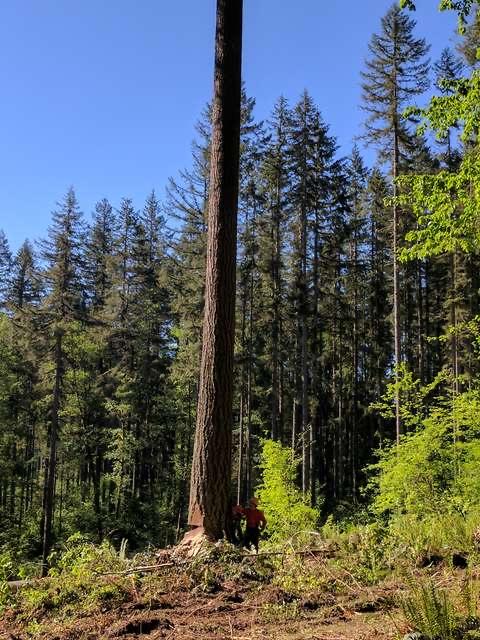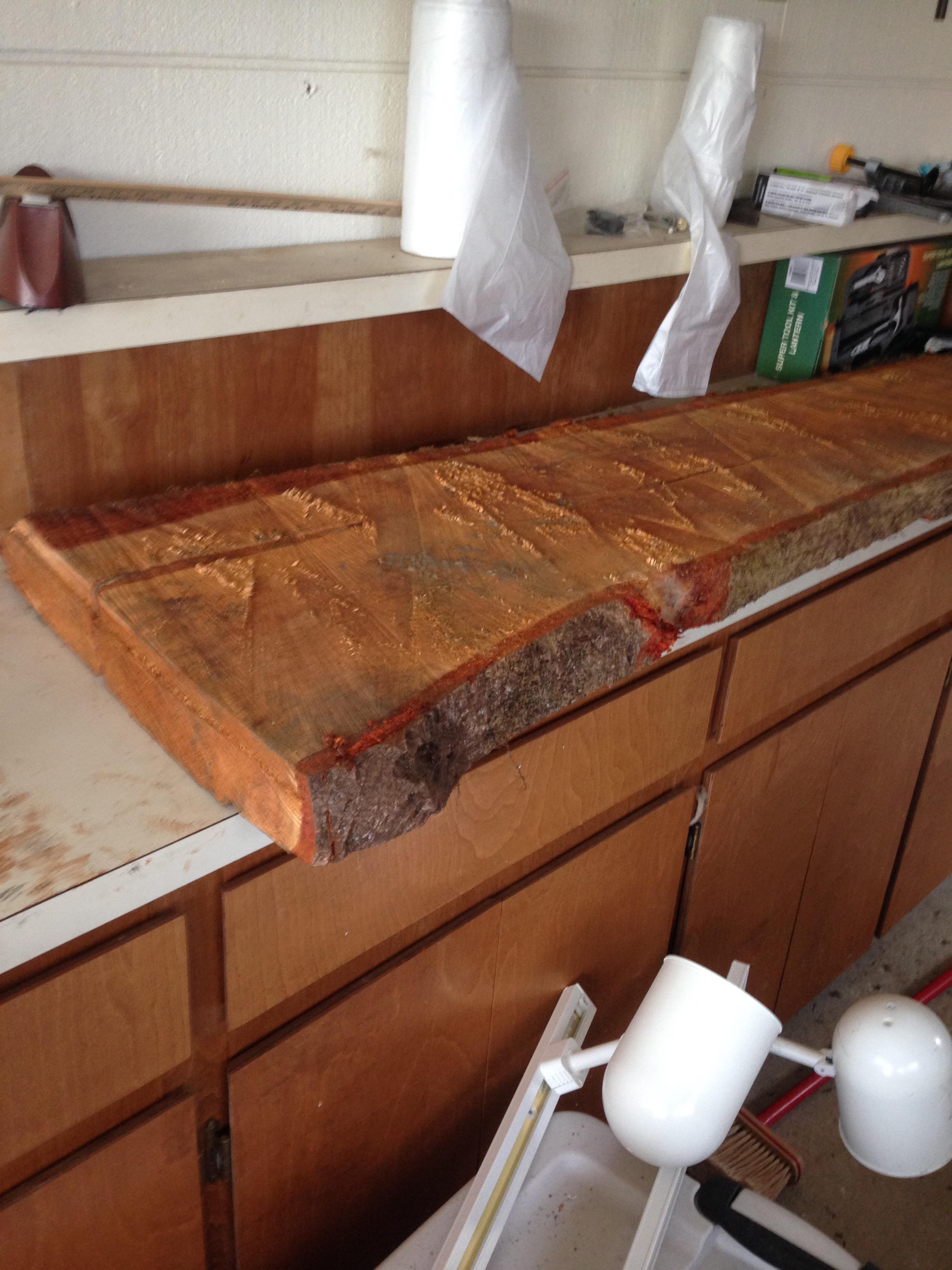Thanks Joe. Do you use rails for each cut, or just the first cut? Someone I was reading about used them for every cut.
Blue, I just went out and Maxed out my 36" Granberg Mill, with the Bar Clamp Brackets set to the very end of the rails, I measured 33.5" between the inside faces of the bar clamps.
I measured on one of my .404 Bars, I wouldn't clamp the sprocket end of the bar any closer than 2.5" from the end of the bar(Not measuring the Chain)
Better make SURE that your "36 Inch Bar" Really is 36", Both my Oregon Power Match and my Husqvarna Branded Bar(which I Believe is produced by Oregon) both measure 34.5" from saw face(NOT counting Dawgs) to the bar tip when mounted on my 3120XP, 395XP and 390XP saws, you can recoup a couple inches, by removing your Dawgs, but you are going to lose an inch at the powerhead end, due to the bar clamp.
So in theory, a 36" mill WILL handle your 32" Log, BUT, it won't give you much leeway for bumps, bulges or knots.
An unintended consequence is also that you WON'T be ABLE to Seesaw much, which is a GOOD thing.
While milling you don't want to seesaw the bar, it can leave marks in your cut, Many/Most Guys (and Gals too

) mill with the bar at an angle, not exactly perpendicular to the center line of the cut. Pick an angle that you are comfortable with, and try to maintain it throughout the cut. With your mill that close to capacity, you won't get a lot of angle on your bar, but IMO, keeping the angle consistent is as, if not more important, than the angle itself, just do what is the most comfortable for you, that you can manage, and stay as consistent as you can.
I don't think that I have ever seen a discussion here about whether it is better to lead with the bar end, or the powerhead end, I tend to lead with the bar end of the mill ahead of the powerhead in the cut, but if leading with the powerhead end is more Comfortable for YOU, try that. As you gain experience, you will undoubtedly will find different ways than how you started, that yield better results and are more comfortable for you, so long as you stay SAFE, don't be afraid to try doing things differently, that is how you LEARN.
When I decided to get into Milling, I didn't stick a toe in the water, I did a Swan Dive from the High Board, I bought 48", 36" Mills, as well as their "Small Log Mill" which only clamps at the powerhead end, and is rated to 24" Bar IIRC, and the "Mini Mill", which is typically used for edging, which I have been very Happy with so far.
I also bought Granberg's "EZ Rails" a 9' set and 2 5' sets, plus the connector kits to mill longer beams with.
I use the EZ Rails on all my cuts, maybe with practice, I would get better, but I was getting "Dive" and the ends of my cuts weren't on "Plane" with the middle of the cuts.
An advantage to the EZ Rails is that they are made out of the same material as the Mill frames, so the 5" EZ Rails could also be used to convert your 36" Mill into a 60" Mill, by swapping the parts over, all you would need to buy, is the 60" Round Handle, and it is strongly suggested to buy at least one more End Bracket set for the middle of the mill, to stiffen it up more. Granberg has an Excellent Customer Service Dept. and all the parts are Easily Available from them. I have found Granberg's products to be well Built and Designed, and of High Quality. There are Chinese knock offs, but I have never compared them, so I won't comment on those, other than to remind you of the old saying, you get what you pay for, and set your expectations accordingly
Good Luck with this project, and don't be surprised if you get Hooked, and are back for another "Fix"

Doug



























































